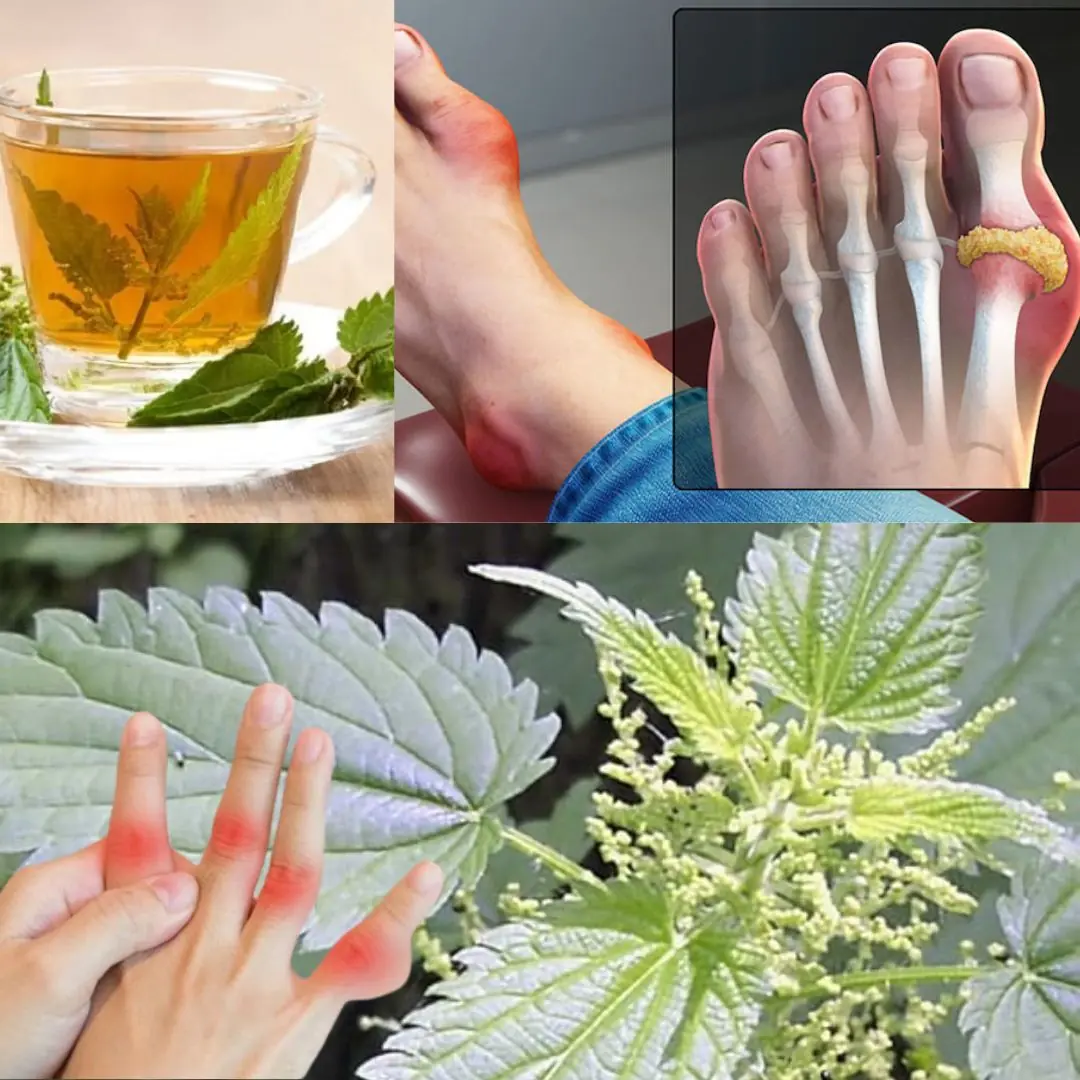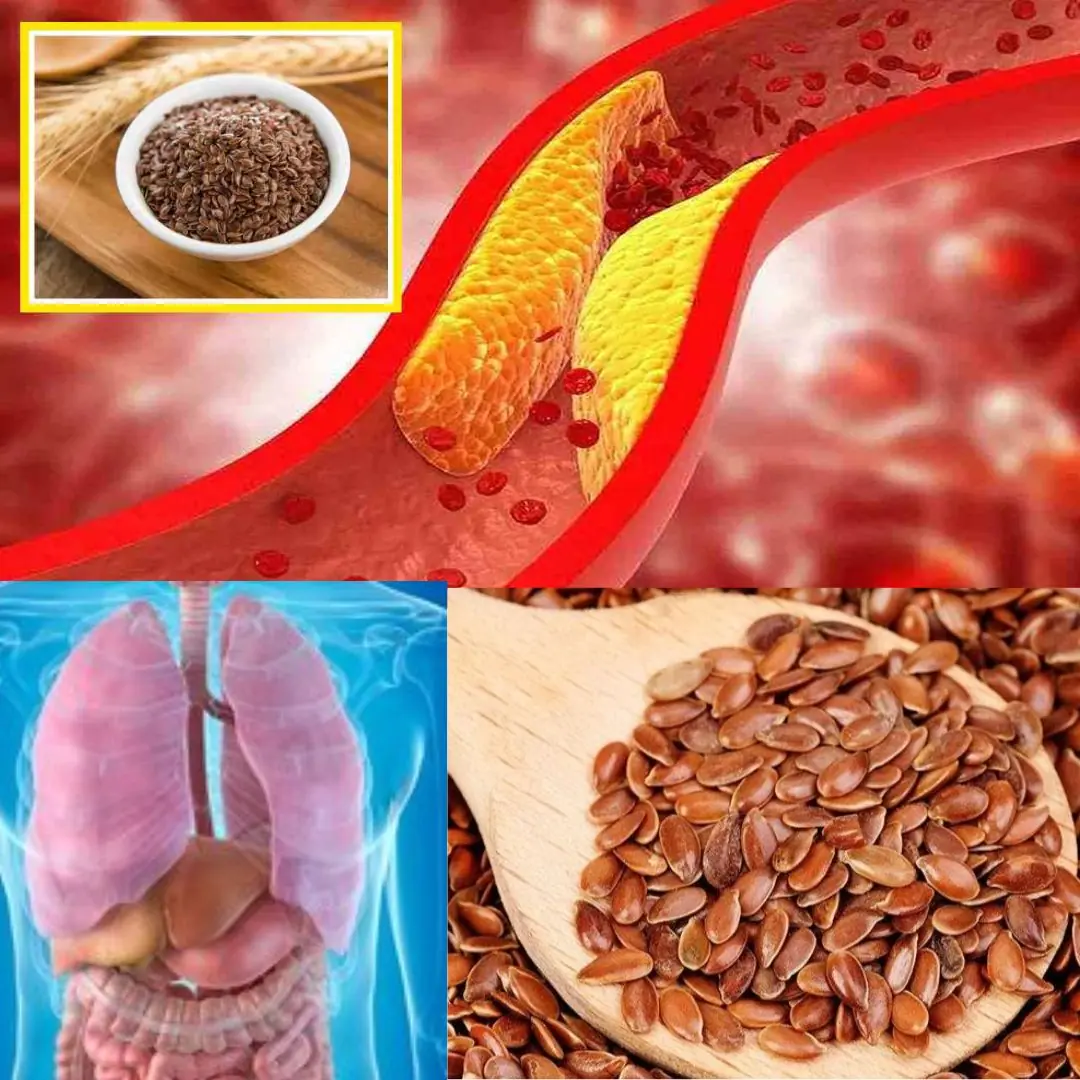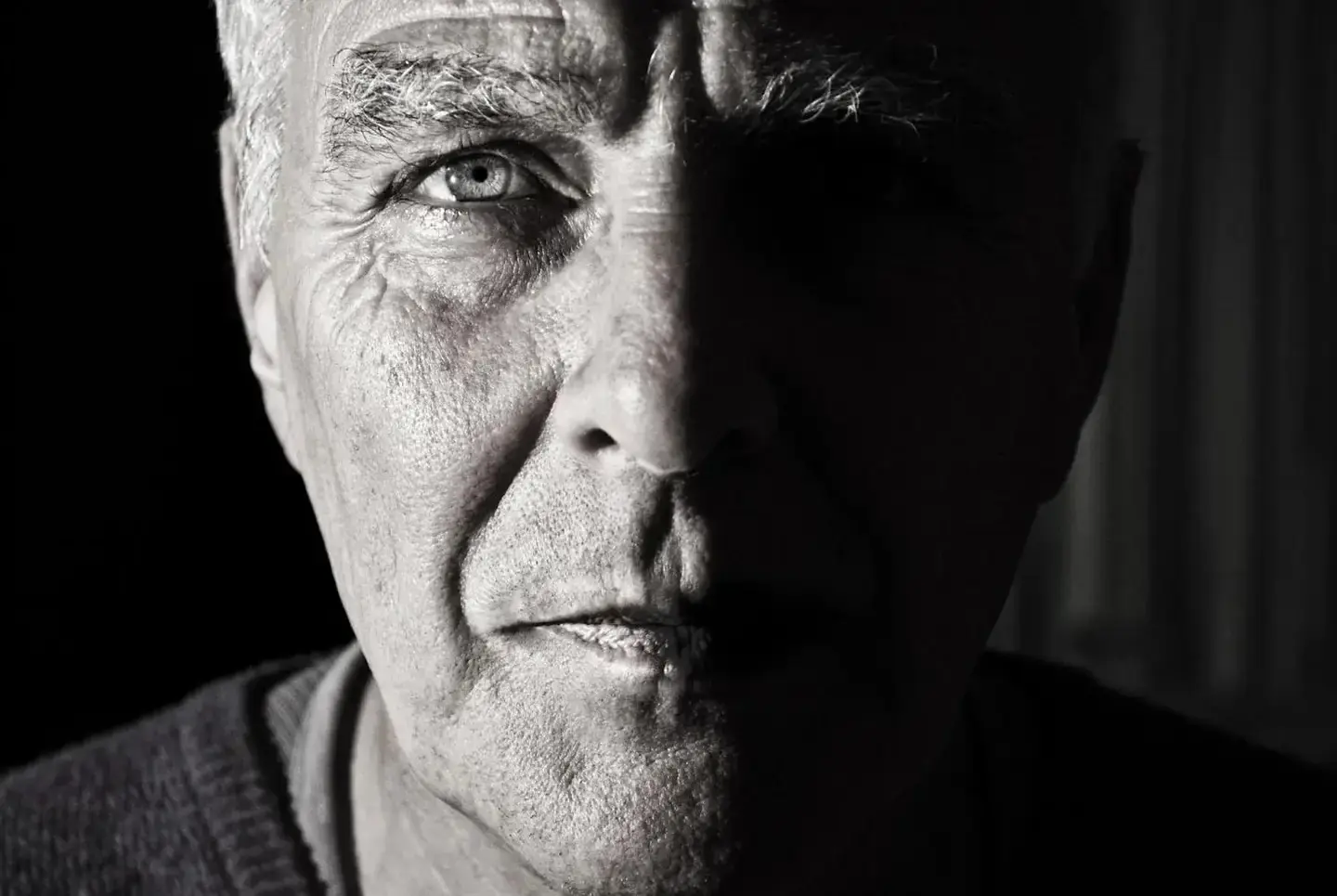3 Subtle Signs in Your Feet That Could Signal a Silent Killer
Feet, often neglected in daily health check-ups, are more than just tools for walking. They can reveal a lot about the overall state of your health, and sometimes they offer subtle signals about serious underlying conditions. Many of us overlook discomfort or minor changes in our feet, but certain signs could indicate a hidden, potentially life-threatening health issue. Here are three subtle signs in your feet that may be warning you about a silent killer.

1. Persistent Cold Feet
If you find that your feet are frequently cold, even in warm weather, it could be a warning sign of poor circulation. Circulatory problems are often linked to cardiovascular diseases, such as heart disease or peripheral artery disease (PAD). In PAD, the arteries that carry blood to your limbs narrow or become blocked, reducing blood flow to the feet and causing a cold, numb sensation. Over time, poor circulation can lead to more severe complications like tissue damage or even amputation if untreated.
While cold feet can sometimes be a result of environmental factors or just sitting in one position for too long, persistent coldness should not be ignored. If the sensation of cold feet is paired with other symptoms like pain while walking or cramping, it could indicate an underlying heart or vascular issue, making it essential to seek medical attention.
2. Unexplained Swelling or Edema
Swelling in the feet, also known as edema, can sometimes seem like a minor inconvenience after a long day on your feet. However, when the swelling is unexplained or persistent, it could be a sign of a serious health condition, such as heart failure, kidney disease, or liver disease. In cases of heart failure, the heart’s inability to pump blood effectively causes fluid buildup in the lower extremities, particularly the feet and ankles.
Edema is also commonly associated with kidney disease, as the kidneys play a crucial role in regulating fluid balance in the body. If the kidneys are not functioning properly, fluid can accumulate in the feet and other areas of the body. In these cases, swelling may be accompanied by other symptoms like fatigue, shortness of breath, or changes in urine output. It's important to monitor any changes in the swelling of your feet and seek medical advice if it becomes persistent or painful.
3. Changes in Skin Color or Texture
Your feet should have a healthy, uniform skin color and texture. Any sudden changes, such as a bluish or reddish tint, or unusual dryness and cracking, could be a sign of a serious health condition. A bluish tint, for example, is often linked to oxygen deprivation, which can result from a variety of heart or lung conditions. Chronic obstructive pulmonary disease (COPD) or congestive heart failure can lead to decreased oxygen levels in the blood, causing the feet and extremities to appear discolored.
On the other hand, dry, cracked skin on the feet may indicate underlying diabetes. High blood sugar levels associated with diabetes can affect the skin’s ability to retain moisture, leading to dryness and cracking. If you notice that your feet feel excessively dry or have developed wounds that won’t heal, it could indicate diabetic neuropathy or poor circulation, both of which require immediate medical attention.

Conclusion
While it may be easy to dismiss minor discomforts in our feet, these subtle signs can offer important clues about the state of our health. Cold feet, swelling, and changes in skin color or texture are all indicators that shouldn’t be ignored. If you notice any of these signs, it’s crucial to consult with a healthcare professional for further evaluation. Early detection of conditions such as heart disease, diabetes, or kidney failure can save lives and improve the quality of life. Pay attention to what your feet are telling you, as they might be trying to warn you about a silent killer lurking beneath the surface.
































